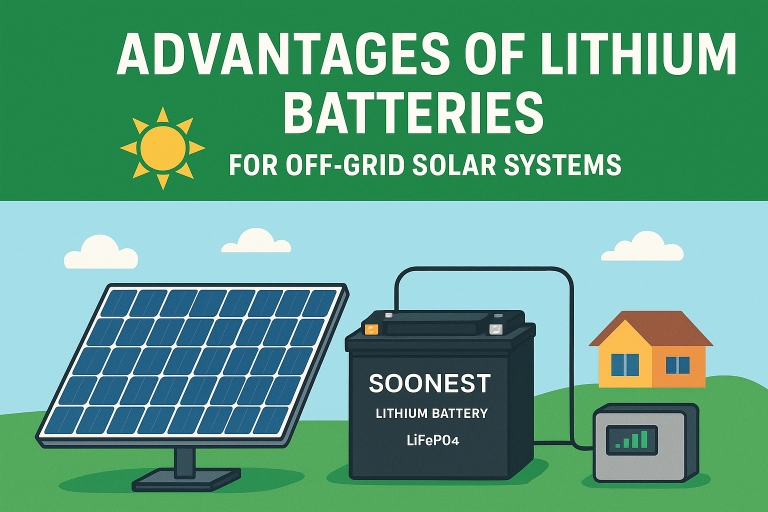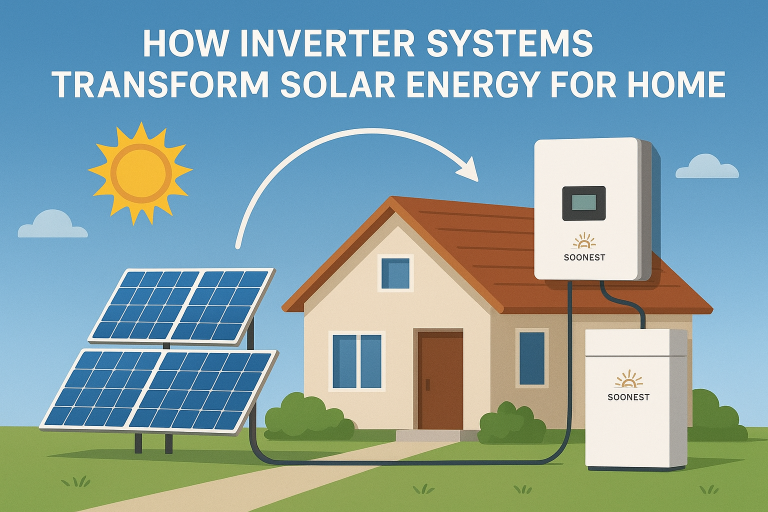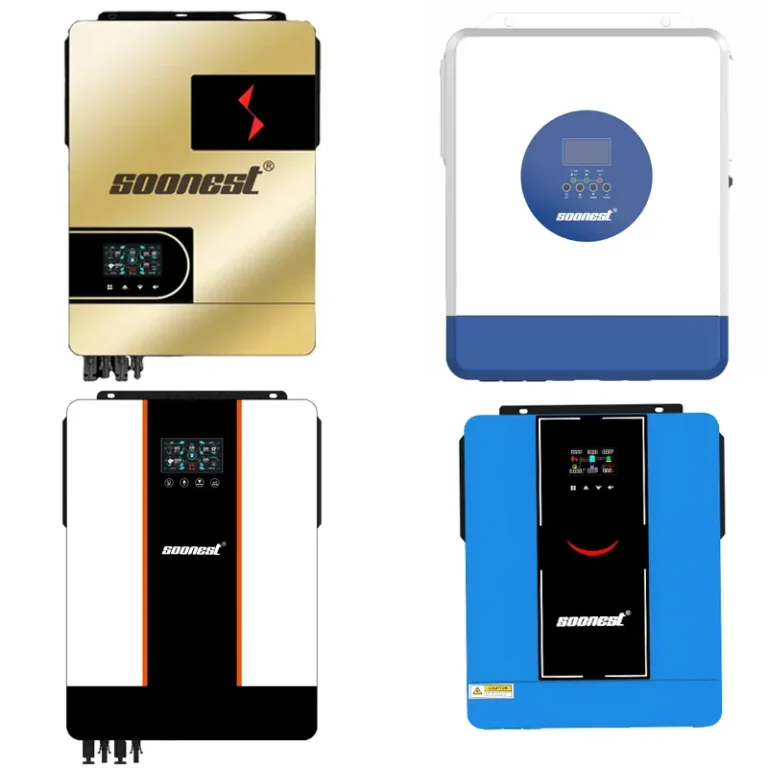To charge lithium batteries, like LiFePO₄, safely with solar panels, you need a reliable solar charge controller. An MPPT controller gives the best results. You also need a Battery Management System (BMS). The controller adjusts voltage and current to fit the battery’s needs. The BMS stops overcharging, keeps cells even, and prevents overheating. Not all solar panels are a good match. Their voltage and current must suit the battery. For top performance, pick high-quality panels, like Soonest’s monocrystalline ones, built for solar charging lithium batteries. Proper sizing and regular checks keep the system safe and long-lasting. Skipping the controller or using the wrong parts can harm the battery or make it less effective.
What Are the Key Features of Charging Lithium Batteries?
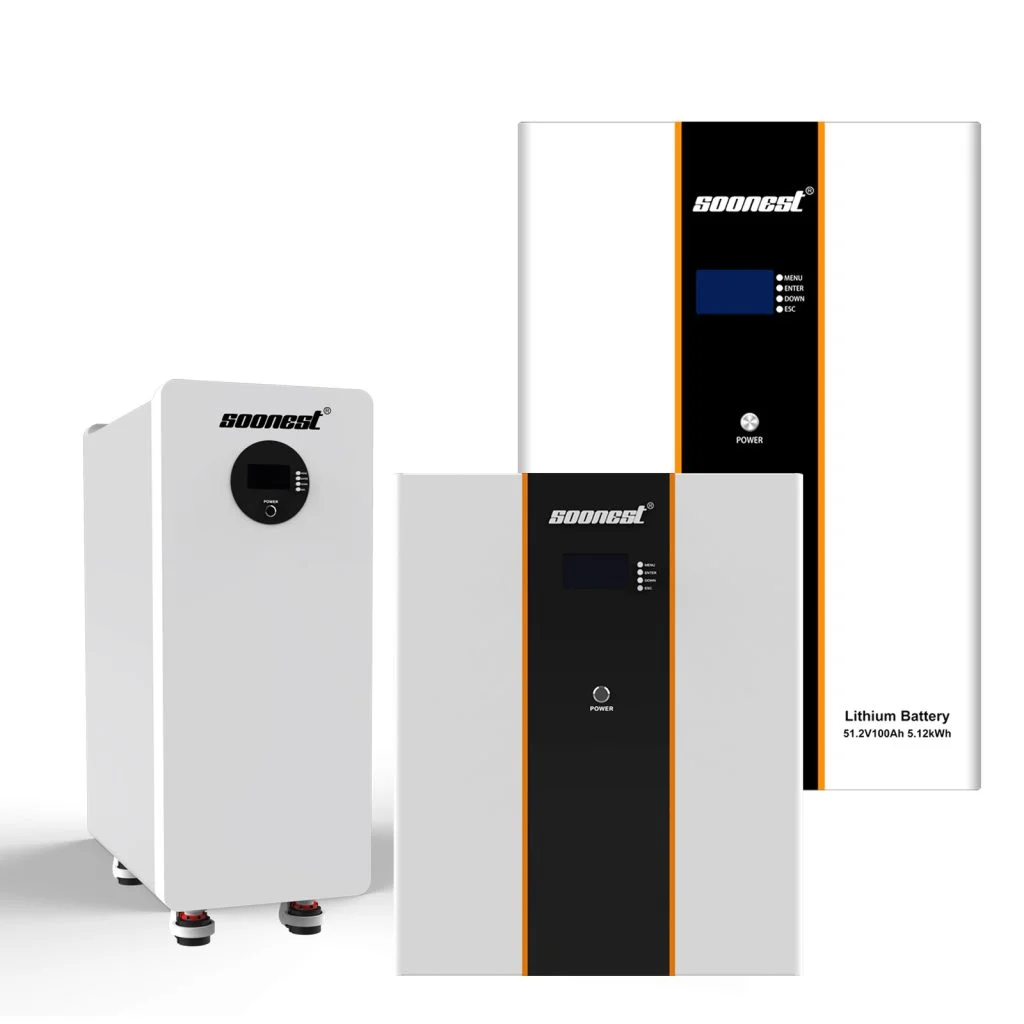
Lithium batteries, like LiFePO₄, are popular for storing solar energy. They hold a lot of power, last for many years, and stay safe in hot weather. But you must charge them carefully. This keeps them working well and safely.
Why Is Controlling Voltage and Current Important?
Charging lithium batteries happens in two steps: constant current (CC) and constant voltage (CV). In the CC step, the battery gets a steady current until it reaches its highest voltage, usually 3.65V per cell for LiFePO₄. Then, in the CV step, the charger keeps the voltage steady. The current drops slowly.
If you charge too much or too little, the battery might lose power or become unsafe. You need a charger that follows these steps exactly.
How Does a BMS Protect Lithium Batteries?
A Battery Management System (BMS) is essential for lithium battery operation. It performs continuous, real-time monitoring of several key parameters:
Comprehensive Monitoring Functions
Tracks current flow in/out of the battery
Counts and analyzes charge cycles
Measures temperature at multiple points
Calculates precise State of Charge (SOC)
Essential Protection Features
Prevents dangerous overcharging
Blocks harmful deep discharging
Guards against overheating risks
Maintains cell voltage balance
Cell Balancing Capabilities
Compensates for minor capacity variations between cells
Some advanced BMS units actively transfer energy between cells
Maintains uniform performance across all cells
Consequences of BMS Absence:
Small initial cell differences amplify over time
System efficiency progressively degrades
Safety risks significantly increase
Battery lifespan dramatically shortens
The BMS serves as both protector and performance optimizer, making it indispensable for any lithium battery system, especially in solar applications where conditions constantly vary.
How Do Solar Panels Work with Lithium Batteries?
Solar panels generate direct current (DC) electricity when exposed to sunlight, but their output isn’t consistent.
Why Is a Solar Charge Controller Needed?
A solar charge controller sits between the panels and the battery. It tweaks the panel’s voltage and current to match what the lithium battery needs.
MPPT vs. PWM: Which Is Better for Lithium Batteries?
PWM controllers are simple but not very good. They pull the panel’s voltage down to match the battery. This wastes energy.
MPPT controllers are much better for solar charging lithium batteries. They adjust the voltage to get the most power from panels, up to 30% more than PWM. They work great in dim light or with panels that have higher voltage than the battery.
How Do Controllers Handle Voltage and Current?
The controller makes sure the lithium battery gets the right voltage and current for its type. For example, a 12V LiFePO₄ battery needs 14.6V to charge fully. An MPPT controller changes the panel’s output to hit this mark.
Can Any Solar Panel Work with Lithium Batteries?
Not every solar panel is ready for lithium batteries. They must match the battery’s electrical needs.
What Should You Check When Pairing Panels with Batteries?
Voltage Must Match
The panel’s open-circuit voltage (Voc) needs to fit the charge controller’s range. It also must match the battery’s needs after adjustment. For example, a 24V panel with a 12V lithium battery needs an MPPT controller to lower the voltage safely.
What Happens with Wrong Panels?
Using the wrong panels can cause:
- Damage from too much voltage
- Slow or incomplete charging
- Less efficiency
- BMS shutting down to protect the battery
Wrong charging can also make the battery wear out faster or become unstable.
Best Tips for Solar Charging Lithium Batteries
To get the best from solar charging lithium batteries, you need more than just plugging things in. You need a smart plan.
How Do You Pick the Right Solar Panel?
Why Panel Efficiency Matters
High-efficiency monocrystalline panels give more power in less space. This is key for small spots, like RV roofs.
Why You Must Use a Charge Controller
An MPPT controller boosts efficiency. It also protects your battery by handling charging cycles correctly.
How Can Soonest Products Help?
For awesome lithium solutions for solar charging, try Soonest’s LiFePO₄ Battery Systems. They’re made for off-grid uses, like RVs, cabins, boats, or home backup.
What Makes Soonest LiFePO₄ Batteries Special?
Soonest batteries have advanced BMS units. These guard against overvoltage, undervoltage, short circuits, and overheating. They also balance cells, both passively and actively, for long-term reliability.
Which Solar Panels Work Best with These Batteries?
Soonest High-Efficiency Solar Panels are designed to match their MPPT controllers perfectly. This makes the setup easy.
These panels have:
- High efficiency (over 21%)
- Tough tempered glass
- Frames that resist rust for outdoor use
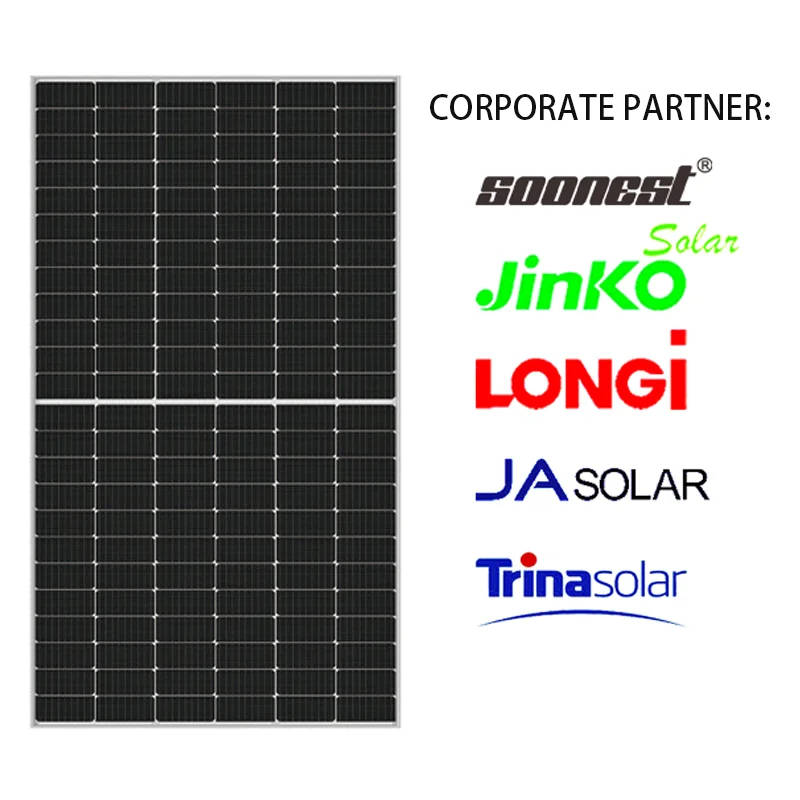
Using Soonest panels with Soonest batteries ensures everything works together, from voltage to connectors.
What’s a Good System Setup with These Parts?
Whether for weekend trips or home backup, Soonest has options for different needs.
Off-Grid Setup: RV or Cabin
Suggested Parts:
- 2x 200W monocrystalline solar panels
- 1x 40A MPPT controller
- 1x 12V 200Ah Soonest LiFePO₄ battery
- Fuses, wiring kit, and mounting brackets
Tip: Wire panels in series for MPPT or parallel for PWM (not ideal). Connect through a fuse box to the controller, then to the battery. Add an inverter for AC power if needed.
Home Backup Setup
Suggested Parts:
- Roof panels totaling ~2000W
- Hybrid inverter with MPPT
- Four 48V 100Ah LiFePO₄ batteries in parallel
- Smart energy monitor and breaker box connection
This setup gives hours or days of backup power, depending on use. It connects to home wiring via a transfer switch.
How Do You Keep the System Safe and Long-Lasting?
Even great equipment needs regular checks to stay in top shape.
Why Check Battery Health Often?
Track SOC, cycle count, and temperature to spot issues early. Some BMS units let you check this remotely with smart systems.
How to Stop Overcharging or Deep Discharging?
Never skip BMS protections. Size your system so that daily use doesn’t drain the battery too low (below 10% SOC). Set the charge controller to the battery’s exact specs.
Extra Tips for Better Solar Charging
To make solar charging lithium batteries even better, think about where you place your panels. Put them in spots with lots of sun, like open roofs or fields. Clean panels now and then to remove dirt or dust. This keeps them working well. Check wires for wear or rust, especially in wet or salty places. Bad wires can cause power loss or safety problems. Also, read your battery’s manual. It shows the right settings for your Soonest LiFePO₄ battery, like voltage limits and charging speed.
Why Choose Soonest for Your Solar Setup?
Soonest products make solar charging lithium batteries easy and reliable. Their batteries and panels are built to work together. This cuts out guesswork. Their MPPT controllers are simple to use, even for new users. Soonest also offers guides and help to set up your system right. Whether you’re powering a small RV or a whole house, their products are strong and made to last.
Mistakes to Avoid
Don’t use cheap controllers. They might not work well with lithium batteries. Also, don’t mix different panel types. This can mess up the controller and lower the power. Finally, don’t ignore BMS warnings. If you see an error, fix it right away to keep your battery safe.
More on System Maintenance
To keep your system running smoothly, check it often. Look at the controller’s settings to make sure they match your battery. Tighten any loose connections. Test the BMS to ensure it’s working. In cold areas, keep the battery warm, as low temperatures can affect performance. In hot places, make sure the battery has good airflow to avoid overheating. These small steps help your system last longer.
Choosing the Right Location for Panels
Where you put your panels matters a lot. Avoid shady spots, like under trees or near tall buildings. Tilt panels toward the sun for the best results. In the Northern Hemisphere, face them south. In the Southern Hemisphere, face them north. This helps you get the most power all day.
Why Solar Charging Is Great for Lithium Batteries
Solar charging lithium batteries is a smart choice. It’s clean, quiet, and saves money over time. With Soonest products, you get a system that’s easy to set up and use. Plus, lithium batteries charge faster than older types, like lead-acid. They also hold more power and last longer, making them perfect for solar setups.
FAQ
Q1: Can I hook my lithium battery straight to a solar panel without a controller?
A: No. This can damage the battery because solar power changes a lot. Always use an MPPT controller made for lithium batteries.
Q2: How many watts do I need to charge my lithium battery fully?
A: Divide the battery’s watt-hours by daily sun hours. For a 12V 100Ah LiFePO₄ battery (~1280Wh), with five sun hours, you need at least 300W of panels.
Q3: What if one cell in my battery gets uneven?
A: An uneven cell can lower capacity and stress other cells. A BMS with active balancing fixes this by evening out cell voltages.

